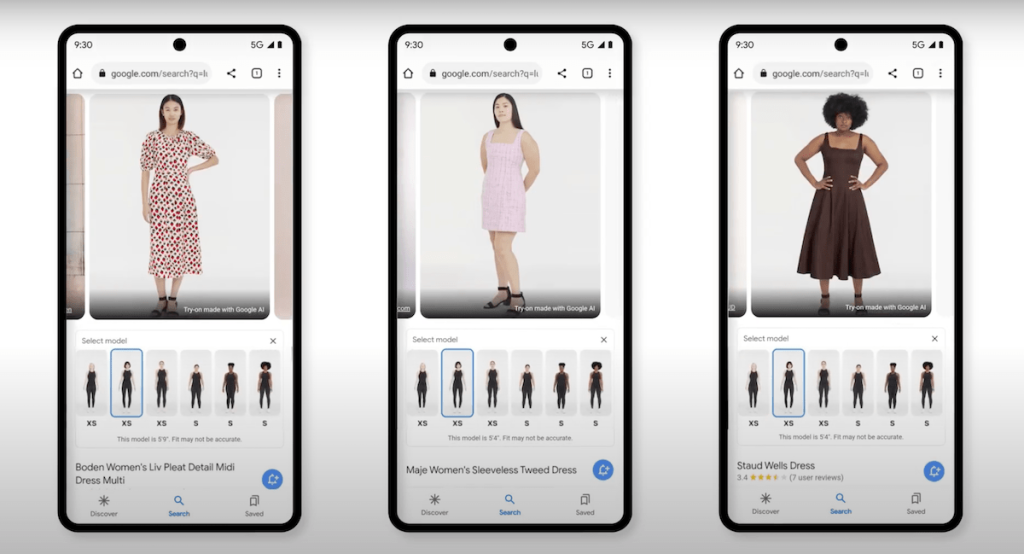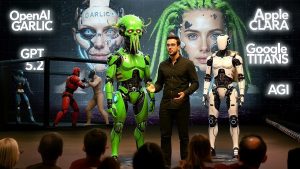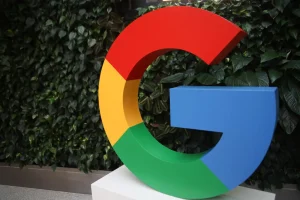Google Expands AI-Powered Virtual Try-On Tool to Include Dresses

Google has enhanced its AI-powered virtual try-on tool to allow users to virtually wear dresses. This feature now supports thousands of dresses from hundreds of brands, reflecting Google’s commitment to advancing online shopping.
AI-Powered Virtual Try-On for Dresses
Google recently announced an expansion of its generative AI-powered virtual try-on tool to include dresses. Users can now virtually try on thousands of dresses from a variety of brands, such as Boden, Maje, Sandro, Simkhai, and Staud.
Virtual try-on technology aims to eliminate the guesswork in finding the right fit for customers of all body types. This technology allows users to see how dresses will look on their bodies without needing to try them on in a physical store.
Challenges with Dresses
Dresses present unique challenges for virtual try-on technology because of their detailed and complex nature compared to other clothing items. According to Google, its current diffusion technique struggles with dresses due to the intricate details such as floral or geometric patterns.
The existing diffusion model often had difficulty capturing the details of these prints, especially when using lower-resolution images.
Enhanced Diffusion Model
Google has developed a new training strategy for its virtual try-on tool that starts with lower-resolution images and gradually incorporates higher resolutions. This method helps retain the detailed prints and patterns seen on dresses. This innovative strategy ensures that users get a more accurate representation of how a dress will look.
Additionally, dresses cover more of the body and come in various lengths like midi, maxi, and mini. Placing a virtual dress on a person often led to the obscuring or blurring of body details.
To solve this, Google introduced the VTO-UNet Diffusion Transformer (VTO-UDiT), which preserves a person’s features while accurately replacing the dress, offering a more precise portrayal of both the dress and the person wearing it.
Competing in the Market
Virtual try-on technology isn’t unique to Google. Many companies have launched similar tools, allowing customers to virtually try on various types of clothing. However, with this new expansion, Google aims to create a more advanced feature than its competitors. This move could set Google apart in the growing field of virtual fitting rooms.
Competitors like Adobe, Amazon, and Walmart also offer virtual try-on features, but Google’s new techniques may give it an edge in the market.
User Experience
Users can benefit greatly from this improved tool. It offers a more seamless and realistic shopping experience. Customers of all body types can use the virtual try-on tool to see how different dresses will fit and look on them without stepping into a store.
This tool can significantly reduce the uncertainty that comes with online shopping, especially when it comes to fitting and visualizing clothing items. Google’s innovation in virtual try-on technology is set to make online shopping more efficient and enjoyable for everyone.
Technical Advancements
The new training strategy and the VTO-UNet Diffusion Transformer are major technical advancements for Google’s virtual try-on tool. These improvements not only enhance the accuracy of the virtual try-on but also ensure that the intricate details of dresses are well-captured and reflected in the virtual images.
Future Implications
Google’s continued investment in AI and virtual try-on tools could redefine the future of online shopping. Their dedication to improving user experience through technology is evident with these advancements.
Google’s expansion of its AI-powered virtual try-on tool to include dresses showcases the company’s innovation in online shopping.
With the introduction of new techniques and enhanced models, Google is setting a new standard in virtual fitting rooms.





